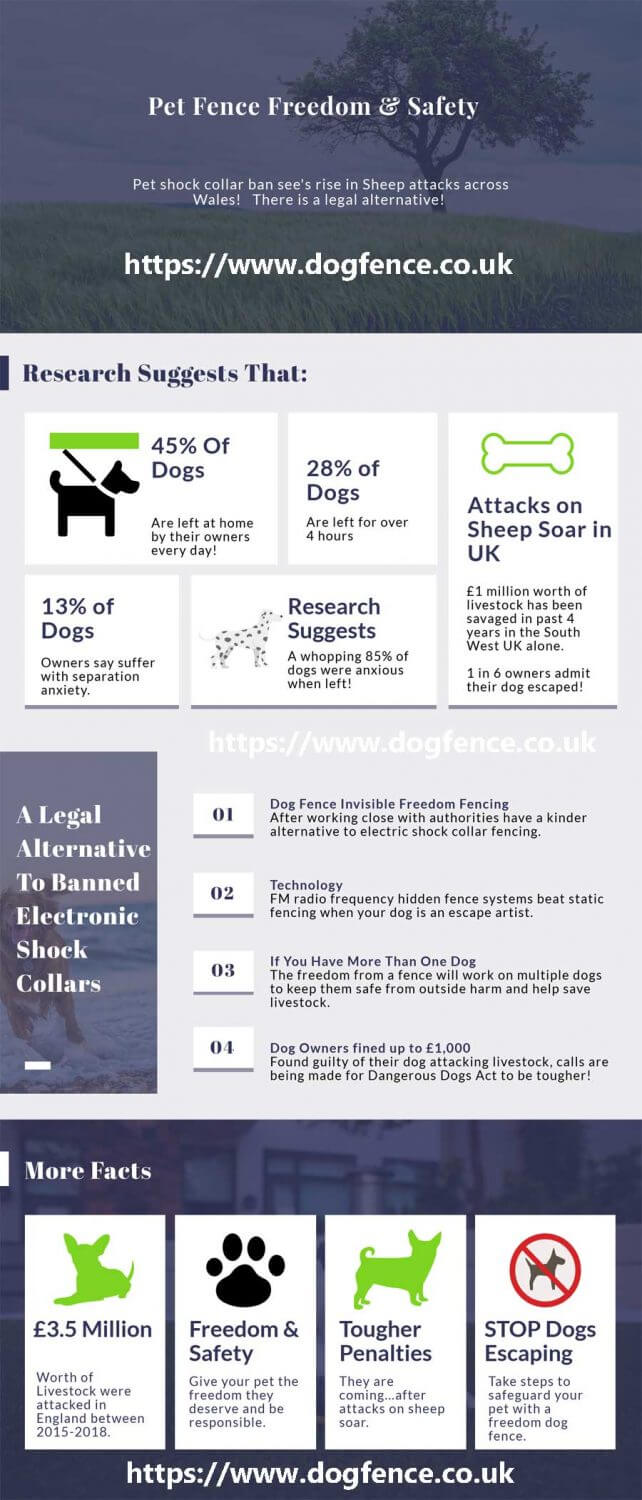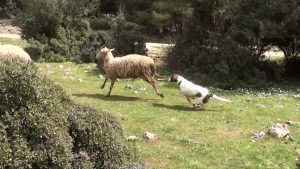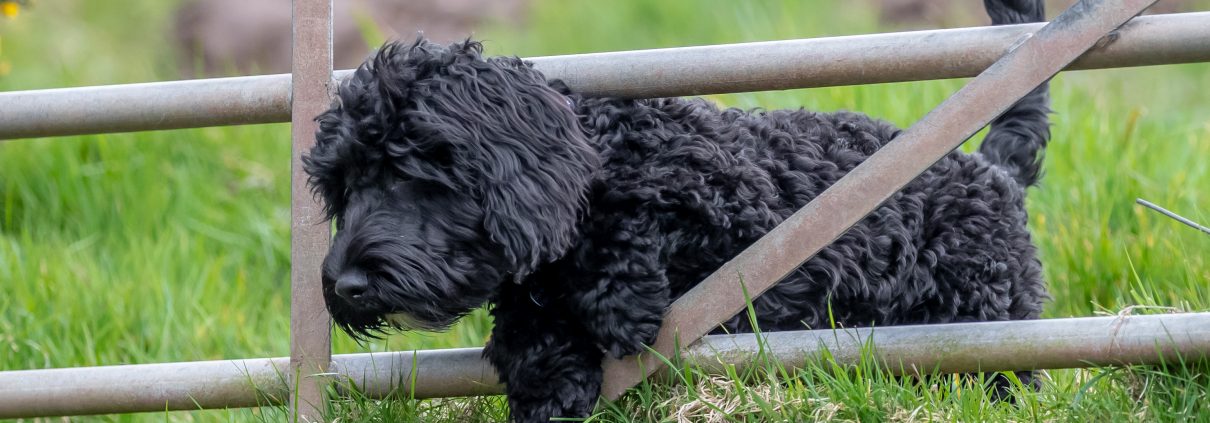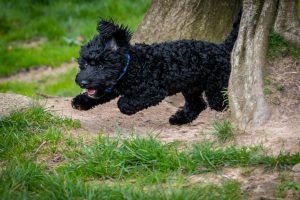Dogs Freedom & Safety – Livestock Attacks
We are sure that your pet’s freedom and safety are of paramount importance to you?
Recently, there is a direct link between the ban on electronic shock collars (e-collars) and attacks on livestock. In the UK, farmers businesses and their animals are suffering.
Farmers want tougher penalties to be enforced, under the Dangerous Dogs Act. £3.5 million worth of livestock has been subject to attacks, within the past 3 years. This is a shocking 113% rise.
New research shows, above all, dog owners are putting their pets on leads when there is nearby livestock. However, insurers show increasing concerns, of reports, that attacks happen for instance by dogs, who get let out in gardens, escape and attack the sheep, in neighbouring fields.
Let’s take a look at some facts:
- 45% of owners admit to leaving their pet at home each day.
- 28% of dogs left for over 4 hours.
- 13% of dog owners say their pet has separation anxiety.
- Research suggests this is much higher at a whopping 85%.
- Bored or anxious dogs will escape if they can.
- £1 million in sheep and livestock, savaged by dogs over the past 4 years in Wales.
- In England this tots up to £3.5 million in the past 3 years.
- Pet owners fined up to £1000 in court.
- There is great uproar and calls by farmers for the Dangerous Dogs Act to further increase these penalties.
- Correlation made between these attacks and the ban of illegal electric shock collars.
Working Towards A Resolution?
- Dog Fence Ltd has worked closely with authorities for public consultation and our system is approved as Legal, you can read more here that Dog Fences Are Not Banned, for further clarification.
- Farmers relieved that dog fences (aka. containment fences) are exempt from the proposed e-collar ban.
- Dog fences have been around for over 40 years.
- Modern systems achieve criticism, without understanding the mechanics and function of an invisible pet containment fence system.
- Dog’s & Cats account for 16% of reported animal deaths on major roads in the UK over the past 24 months.
- It is more important than ever to keep your pets safe at home.
- The Government has announced that they will implement new regulations into the installation of dog fences.
- Regulations state how dog fences and cat fences will be correctly installed and owners receive the correct training.
- DEFRA consulted with DogFence Ltd, as our Company pioneered the full installation and training service to the UK.
- Since 2003 DogFence Ltd have been offering full installation with training for their pets to the dog fence or cat fence systems.
Get in contact with our team to discuss your needs to prevent yourself from a huge fine, other livestock from potentially getting injured or killed and to keep your pet safely contained with a safe and UK legal dog fence system.








